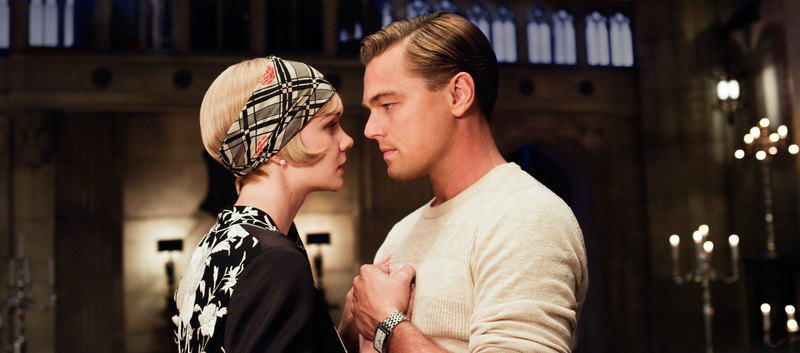Director Baz Luhrmann has never been faulted for his restraint as a director. His films have become successively flashier and showier since his 1992 debut, “Strictly Ballroom.” His films since are certainly an acquired taste: “Romeo + Juliet” married Shakespeare’s words with a modern setting and gave high school English teachers a chance to spice up the old text in classrooms everywhere.
His next, “Moulin Rouge!” (yes, the exclamation mark is part of the title), further blended old and new school, as it took a tale set at the turn of the century and splashed it with modern-day music. A few years following, he aimed for an epic, historical sweep in “Australia,” set in his native land. As earnest as he may have been, the film was panned; it reeked of the camp that helped bring to life his former two films, but worked against this film’s aim for more realism.
His take on what many consider “the great American novel,” F. Scott Fitzgerald’s “The Great Gatsby,” looked as though he was returning to his “Moulin” roots, set in a time of flappers and flyboys, molls and palookas. He may have ditched the exclamation mark in the title, but he does little to hold back.
This much can be said about “Gatsby” - it uses its three dimensions to exquisite, opulent degree. Every shred of confetti during one of Gatsby’s ostentatious parties appears as though it may flitter into your lap. But that does not necessarily make it better than previous attempts to bring the tale off the page and onto the screen.
Film freaks may recall that there have been no fewer than three attempts to film “Gatsby” (four if you count a TV movie with Paul Rudd). The third, starring Robert Redford as the elusive lead, even boasted the pens of both Truman Capote and Francis Ford Coppola behind it. Despite winning Oscars for costumes, the film was a bust, with many citing that more attention was paid to set design than to characters.
It is a complaint that could be echoed here as well. Despite the ever-faithful Leonardo DiCaprio in the lead, there are few other key actors able to transcend the wafer-thin characters they are given. Carey Mulligan, cast as the ethereal-but-empty Daisy, can’t seem to rise to being the objectified source of Gatsby’s passion. She’s a sad-eyed doll but is never given more to do than pout and pine. Aussie actor Joel Edgerton as the monied Tom Buchanan, Daisey’s husband, resembles more of a sneering antagonist of a Univision telenovela. But it’s the crucial role of Nick Carraway that seals “Gatsby’s” fate as mild and boring when it needed to be wild and roaring.
While the other actors have demonstrated they can certainly handle heavier material, casting Tobey Maguire in the key role of Carraway - our narrator and guide through “Gatsby’s” world - is perhaps the film’s biggest flaw. Luhrmann decides to frame his take on the tale by giving Caraway even more responsibility as the author of Gatsby’s tale. The last thing the wan Maguire needs is more responsibility thrust on his scrawny shoulders. It is much to ask from even the most accomplished of actors, but almost impossible from one of Maguire’s narrow range (which oscillates between “Gee whiz!” and “Aw, shucks!”).
It’s too easy to draw comparisons to the film itself and the character of Gatsby - both driven to demonstrate their opulence without pausing to look inward - but Luhrmann can at least take pride in the fact that it is certainly the best-looking adaptation of the novel thus far. But in its quest, it leaves the audience to beat on, against its current.

This infographic by Sandy Moore at Electric.com draws parallel's between F. Scott Fitzgerald's 1920s characters and today's actors in Baz Luhrmann's version.













































